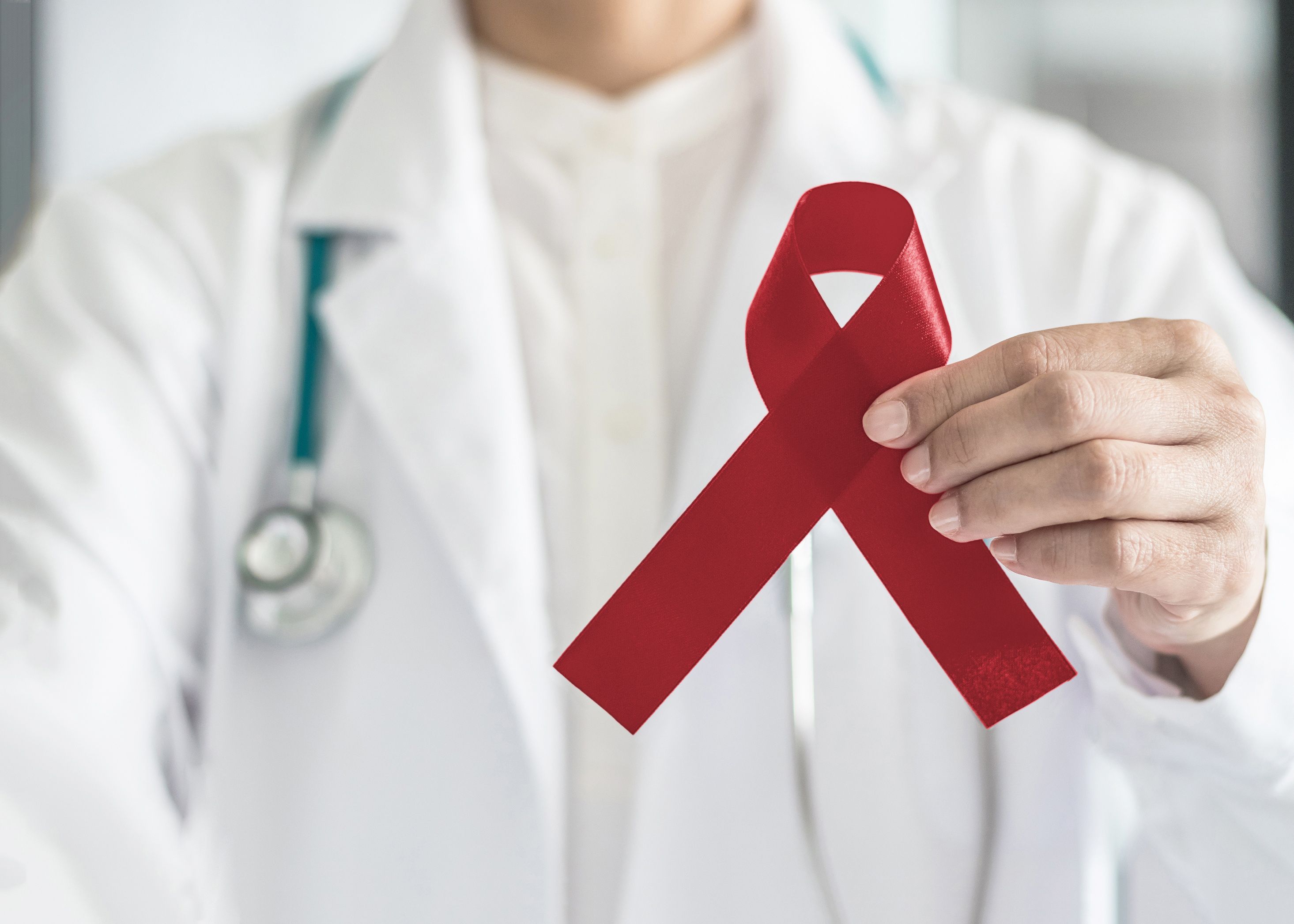Video
Utilizing Immunization Trackers in Community Pharmacies
The panel of pharmacists discuss the immunization tracker registry and emphasize utilizing this tool in preparation for the coming flu season.
Traci Poole, PharmD, BCACP, BCGP: The medical billing piece has been quite cumbersome. If you’re a smaller operation and you don’t have somebody set up to reconcile whether you’re being paid for those claims or whether you’re billing for those claims appropriately, and you have a good relationship with the medical billers, it has made it a little more difficult for those with a smaller staff. For those with a larger staff and who are already used to medical billing for DME [durable medical equipment] and other things like that, it’s probably just another day for them. You’re just adding things on. But the volume has been a little problematic. On the upside, the reimbursement is a little better with medical billing. Sometimes it’s worth it in that case.
In my practice, we use a system that’s popular with independent pharmacies. We have the capability to do a 2-way pull. Our system speaks to the state registry and vice versa. It’s an extra fee on top of everything, but it has helped us tremendously with being able to look very quickly. However, there’s a bit of a lag. It isn’t always populated in the system for that second dose in the series and things like that. It has been extremely helpful when patients lose their cards and things like that, where you’re trying to confirm things. That has been extremely helpful.
In general, COVID-19 has completely expanded the use of registries. Ed and I spoke before about the H1N1 pandemic and having to put those doses in the registry. At the time, those state registries were pretty new, and now it’s in a lot of the verbiage that we constantly use. It’s a requirement by most state health departments. That’s another positive of the addition of some added workflow. The automation makes things so much easier to be able to do that.
Ed Cohen, PharmD, FAPhA: Are there any other ways that pharmacists can track patients’ immunization status for COVID-19 and other routine vaccines?
Lynette Chastain, PharmD, BCACP, TTS: One thing we’ve forgotten since the beginning of this immunization push is that we were saying “be safe” a lot. We encouraged it with everybody. We’ve forgotten that with time, and our patients have forgotten they ever registered, too. Especially as we’re starting to immunize more of the population, it may be a good idea to reinforce that and make sure they’re getting that handout, because that will keep track of all their COVID-19 doses and give them the ability to present that if they’re going on an airline trip or things like that because that can be a motivating factor. They don’t want to give the government their information, but they do want to fly, so that could encourage use of that.
We also use the programs that Dr Poole was talking about, regarding pulling in information directly in our ambulatory setting. That has been helpful, along with using state registries. That’s about it. You can encourage them to use that card, but people lose things. That’s what we’ve been using. Our state registry has the capability to print off what they’re due for. It’ll print off what they’ve had, and at the top, it’ll say what they’re still due for. When I worked in retail, we printed that off a lot and we’d hand it to the patient and show these other offerings so they’re aware of it. Even if they decide not to get it at that moment, it’s good for them if they can come back.
Ed Cohen, PharmD, FAPhA: That leads me to 1 additional question. When I go up to the counter and I approach my patient, I have in my hand a piece of paper that tells me what immunizations the patient has had and what immunizations are recommended. What are patients thinking when we can proactively get that information? In lieu of asking, we’re telling. What kinds of responses are you getting? Of course, you’re going to get some people who say, “Thank you,” but are they all saying that?
Wesley Nuffer, PharmD, BCPS, CDCES: That’s an important transition in what I see community pharmacy practices heading toward. We need to be very proactive in this space. I view the community pharmacist of tomorrow as being engaged in the entire patient’s health around their medications, of which vaccines are 1 component. There’s some skepticism. Sometimes we hear, “My doctor usually handles this. Is this your job?” It’s no different from measuring a blood pressure in a community pharmacy or doing a lipid panel. These are areas that some community pharmacists have taken on and done a tremendous job.
I truly believe that we’re educators. We’re now producing pharmacists who are highly trained in doctorate degree programs, and they should be able to use their skills and abilities to have these conversations and show the patients that these are the things that we should be doing. You see your pharmacist more times in a year than you see any other health care professional. These are the conversations we need to be having. I feel very passionate about that, and I love your example for that reason, because I don’t think we should be waiting for them to engage with us. We should be proactively engaging with them.
Traci Poole, PharmD, BCACP, BCGP: Wes hit the nail on the head with the education piece of why we have that information, why it was given to us, and what role we play outside of your doctor’s offices. I’ve often said that we almost have a little PR problem that the public doesn’t know what we do. COVID-19 brought pharmacists—particularly community pharmacists—to the forefront of knowledge that they don’t just count pills. There are other things that they’re doing. The education piece of why we’re asking is a huge component of buy-in and trust.
Lynette Chastain, PharmD, BCACP, TTS: If you’re talking to a patient as they’re picking up their medicine for COPD [chronic obstructive pulmonary disease] or asthma, that may be a good chance to say things like, “This puts you more at risk for pneumonia. This vaccine would help you stay out of the hospital.” Explain why it’s needed.
Transcript edited for clarity.






